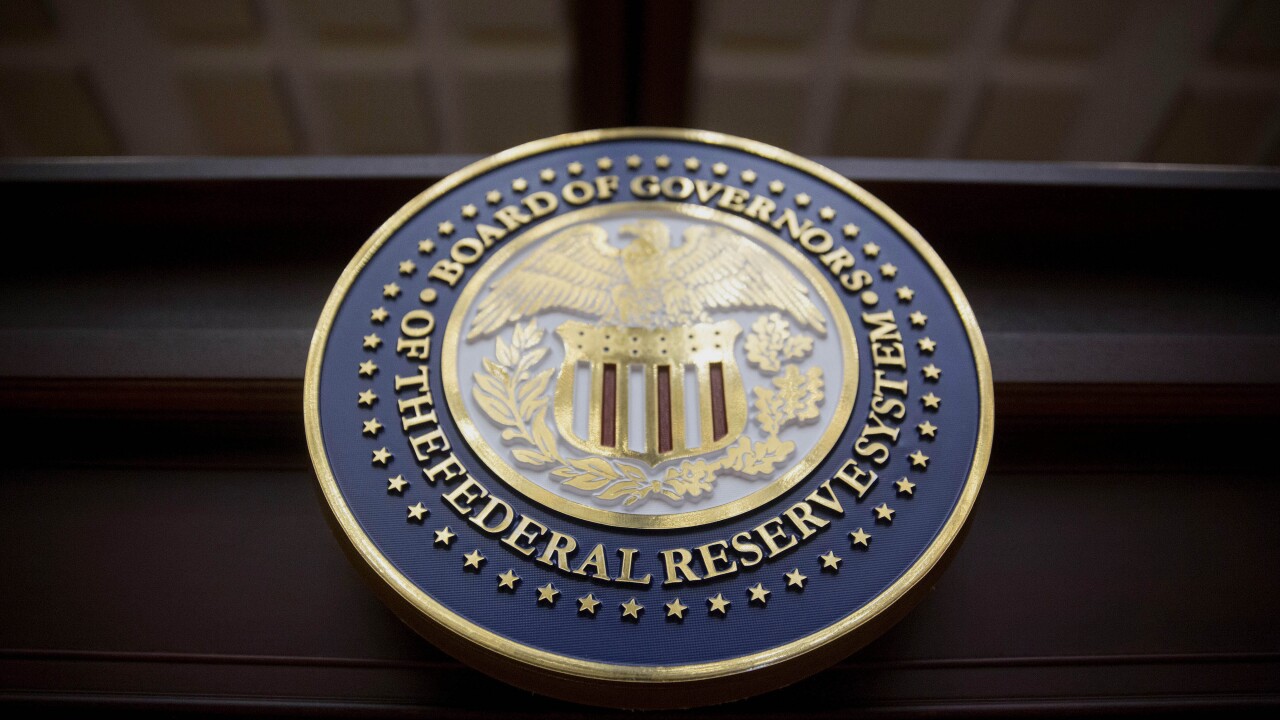MILAN — Barclays PLC (BCS) is looking to sell all its Italian branches in an attempt to focus more on core activities to boost its profitability, a person familiar with the matter told Dow Jones Newswires on Tuesday.
"The bank has received three letters of interest — two from Italian entities and one from a non-Italian one — for around 180-200 branches in Italy," the person said.
"It will be a tough sell, because these branches are losing money, in the region of some tens of millions a year. They might end up closing those branches," the person added. "The decision follows a strategic review the bank did with consultants earlier this year."
A spokeswoman for Barclays in London said the bank never comments on market speculation. A representative for Barclays Italy couldn't immediately be reached for comment.
According to the Barclays website, the bank opened its first branches in Italy in 2006. The overall network in the country counts more than 190 branches and 180 "financial shops" — which are locations aimed at the sale of loans and are partly owned by Barclays and the local agents running them.
Barclays' selling approach in Italy has been fairly aggressive, with the bank offering deposits yielding 3% and offering competitive conditions for loans, the person said.
However, the economic crisis is taking its toll on the banking sector in the country and the prospects don't look particularly favorable.
At the end of April, the Bank of Italy said in its twice-yearly Financial Stability Report that the share of loans classified as having gone bad will likely continue to rise in the coming months and then begin a gradual decrease in the second half of the year.
The report also said that weak lending trends in Italy are due in part to flagging demand but also to "deterioration in credit supply conditions" fueled in part by stricter criteria being used in the wake of a steady climb in non-performing loans.
On Monday, Barclays said it intended to sell its $6.1 billion stake in money manager BlackRock Inc. (BLK).
The decision came as the London-based bank faces pressure from investors to boost its return on equity and prepares to mitigate the effects of regulation that will force it to hold a bigger capital buffer.
Barclays disclosed in its full-year results that its adjusted return on equity, a closely watched metric among investors and analysts, fell to 6.6% in 2011 from 6.8% a year earlier, well below the bank's 2013 target of 13%.





